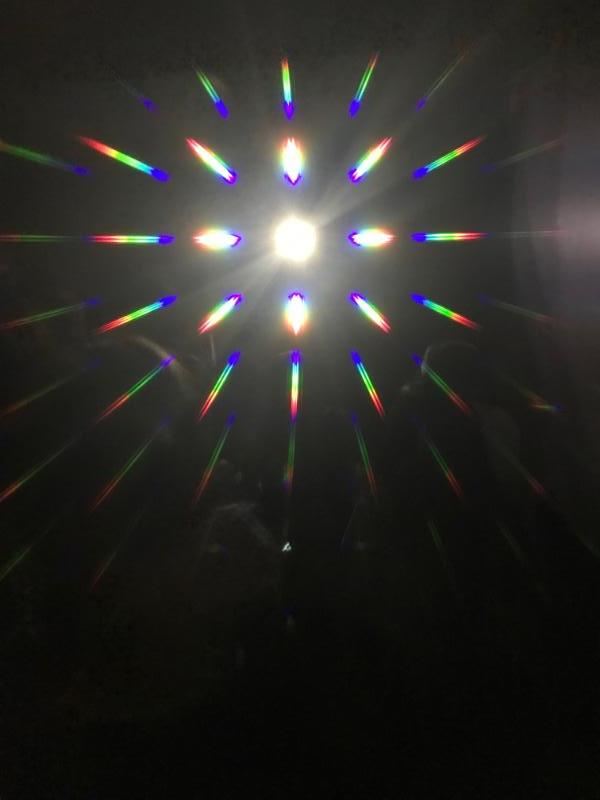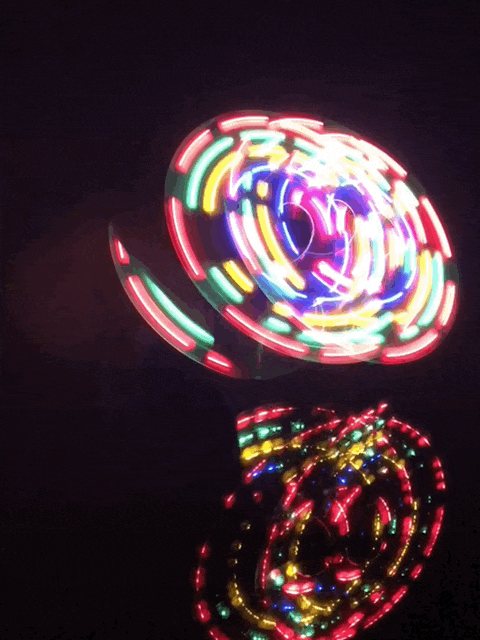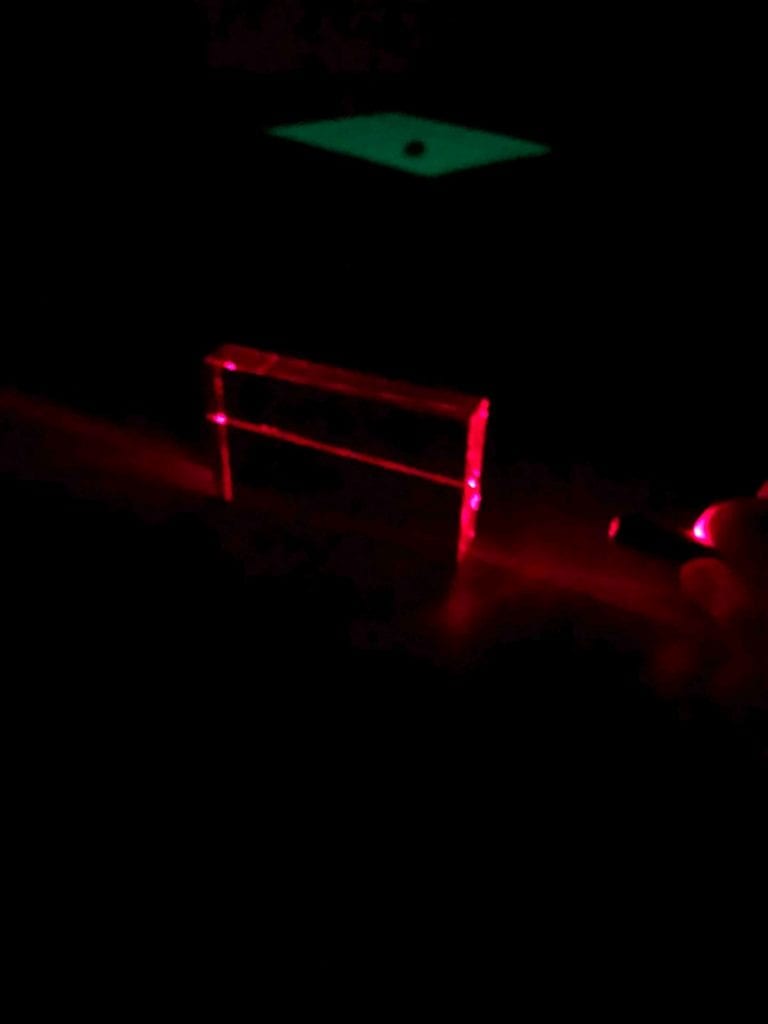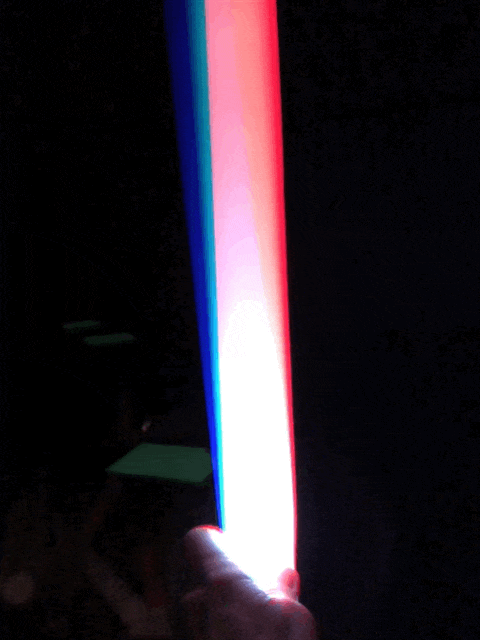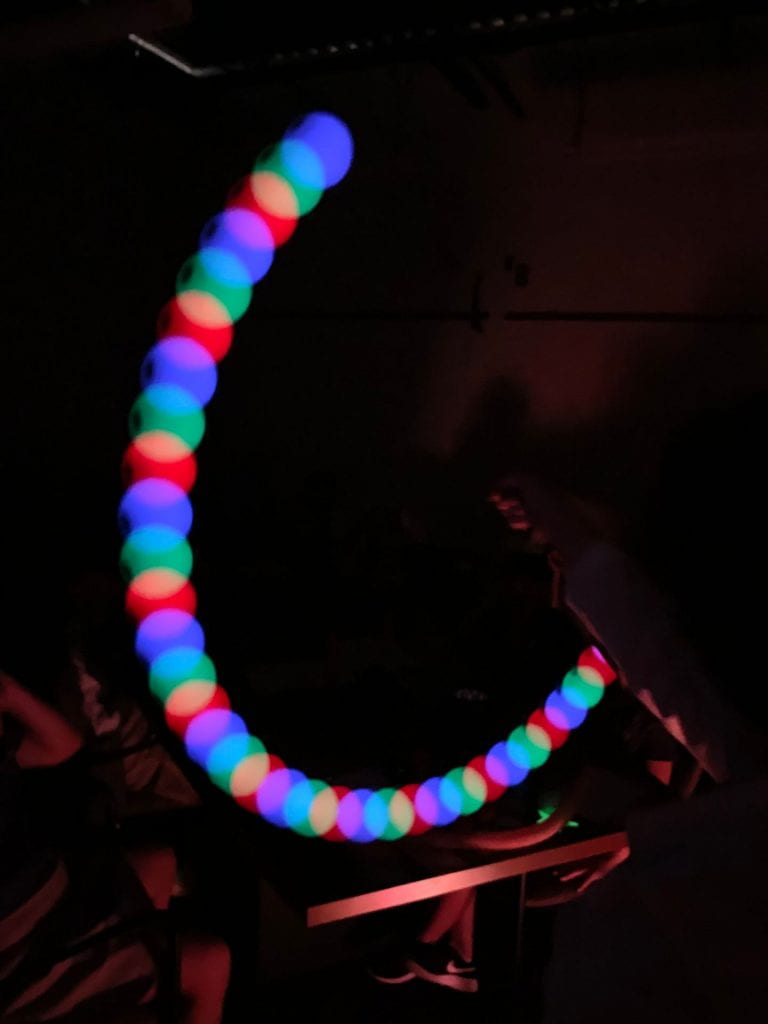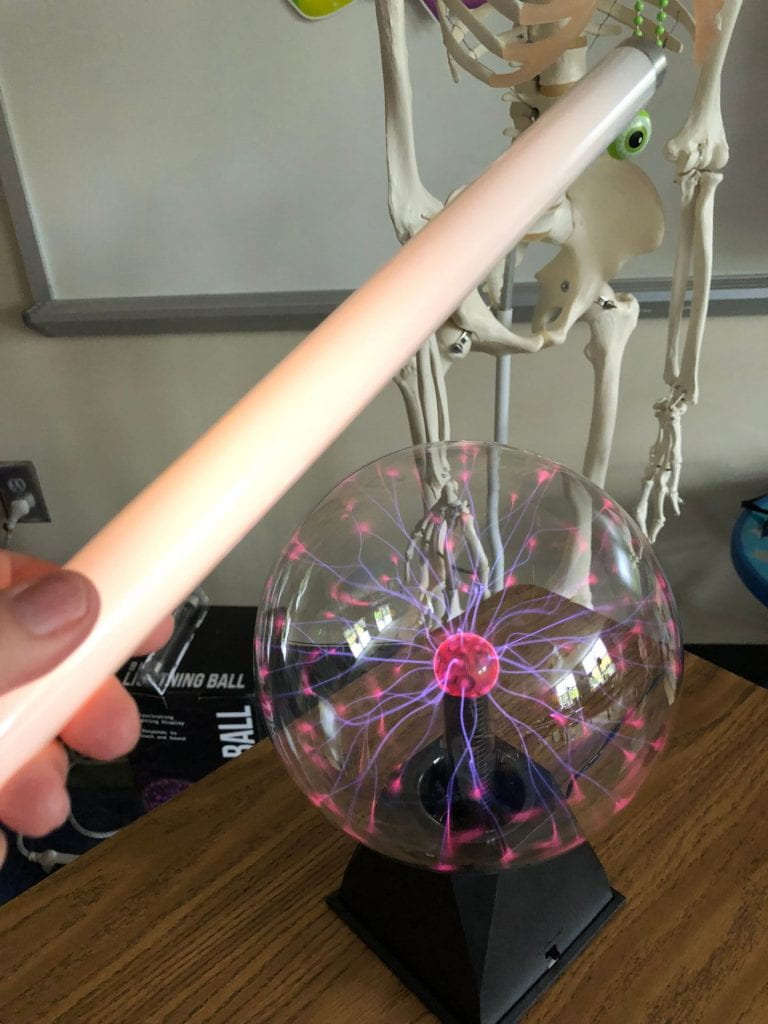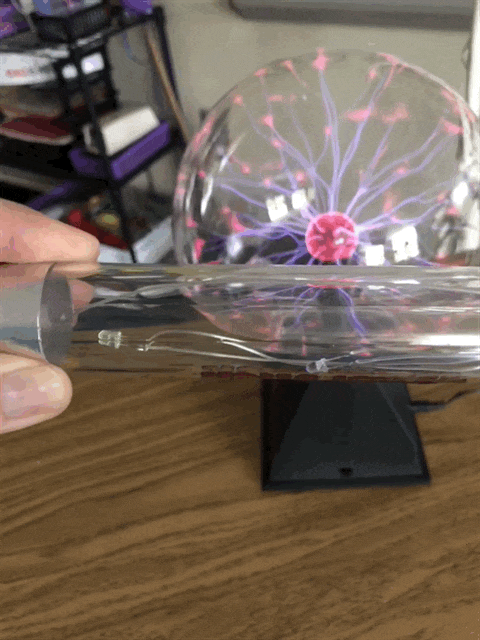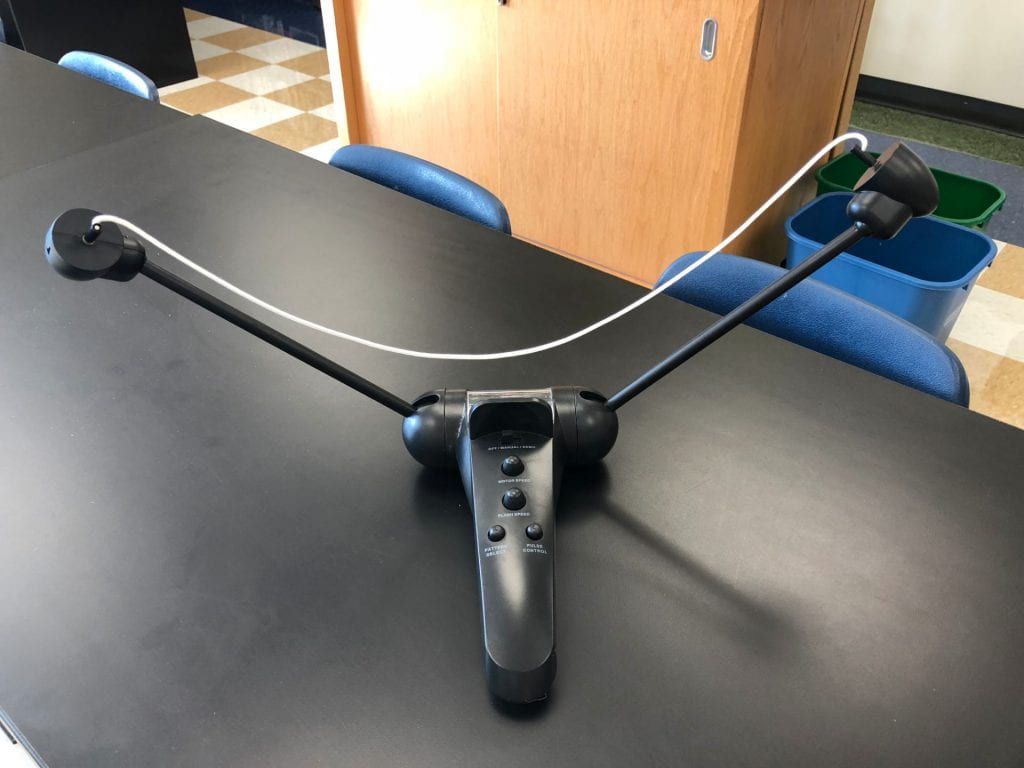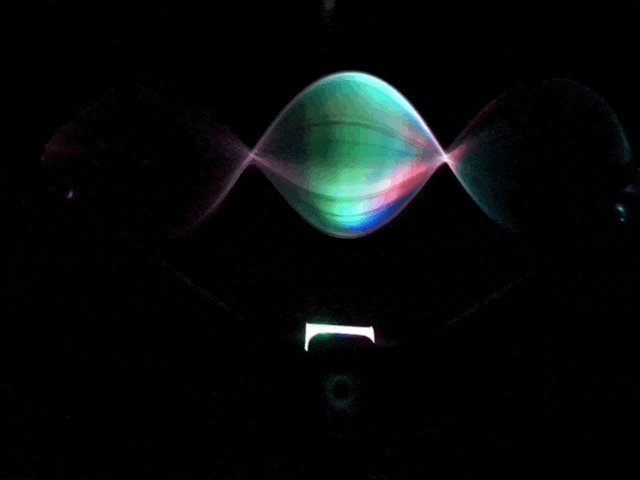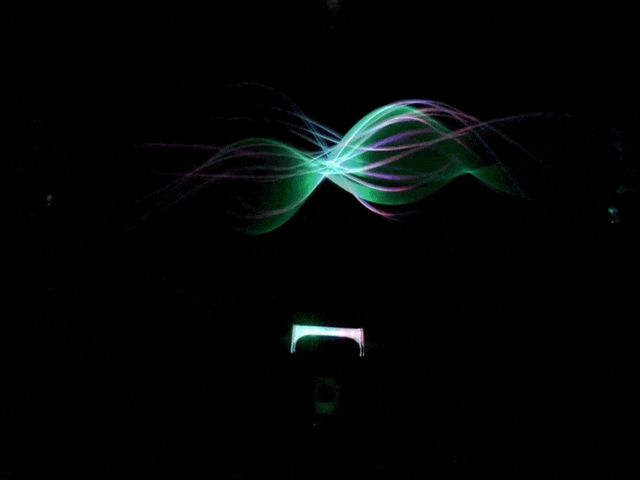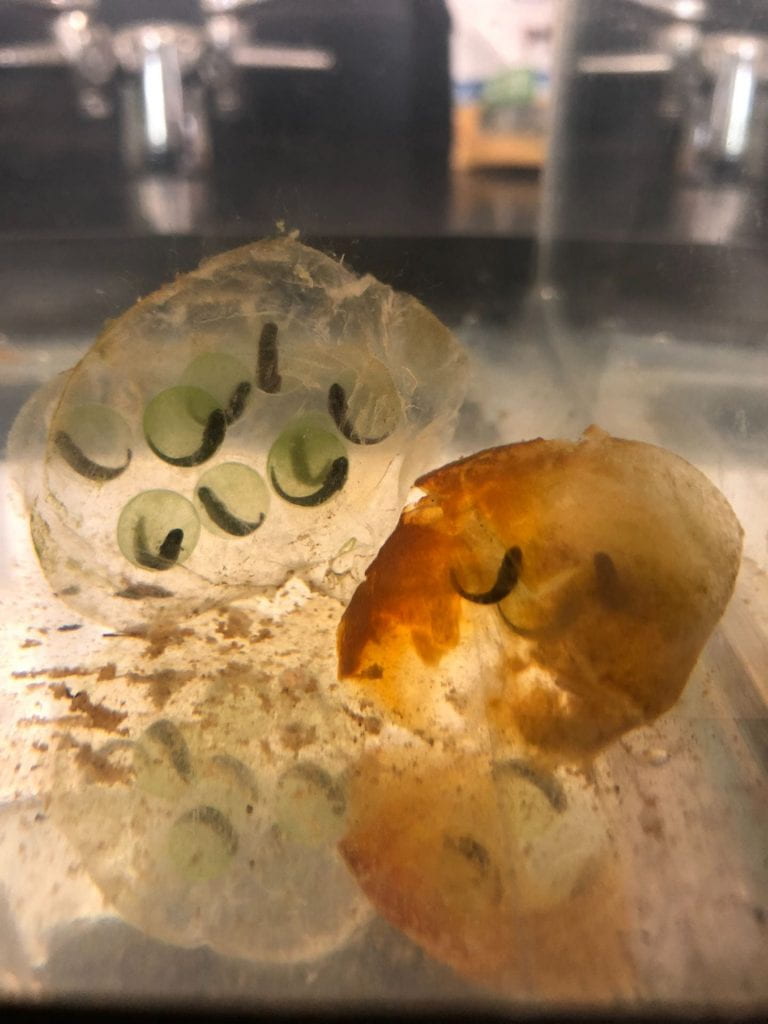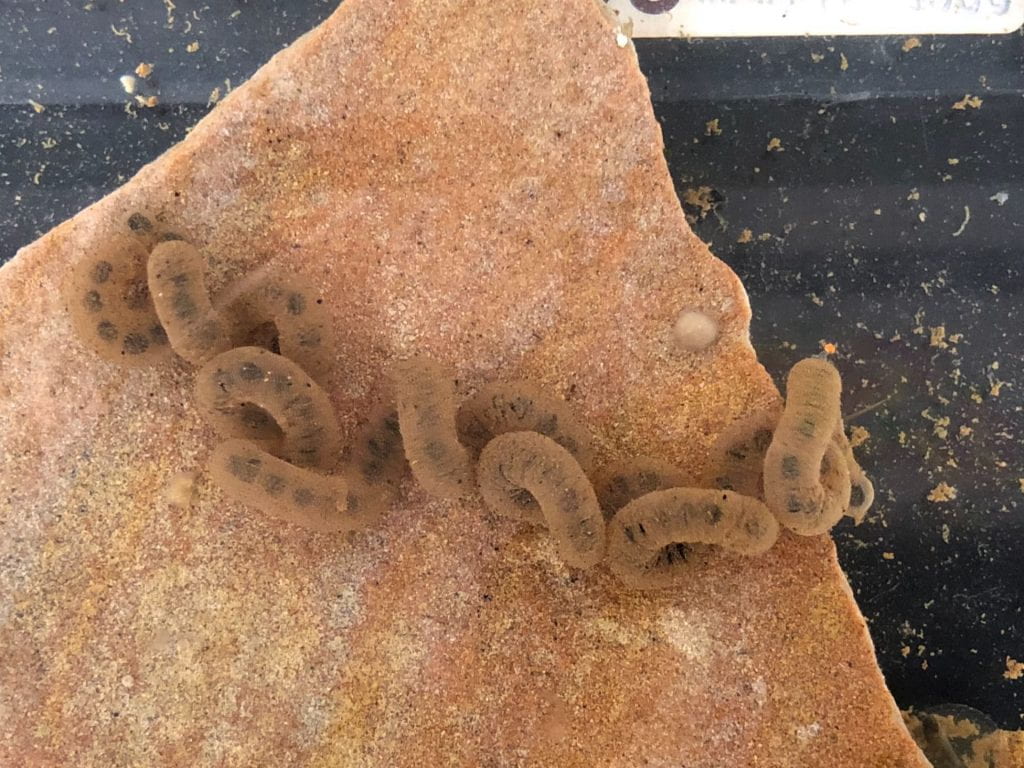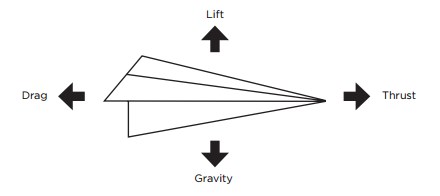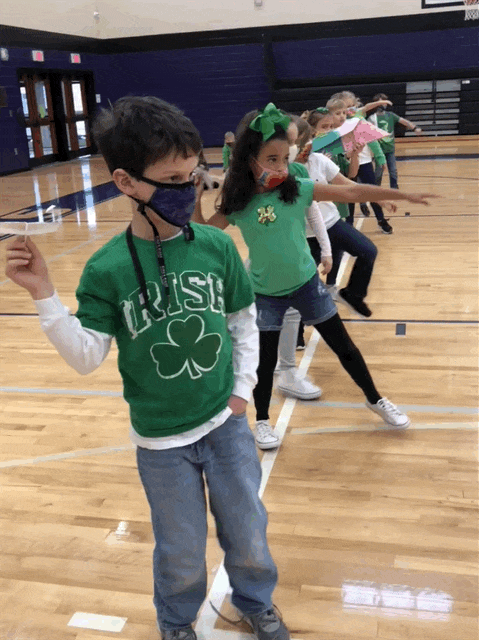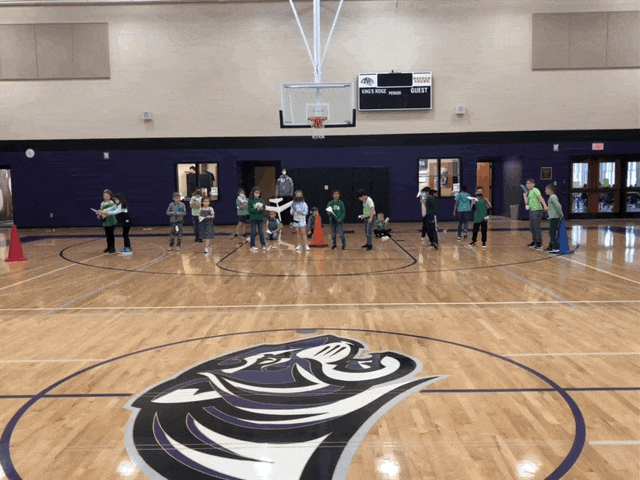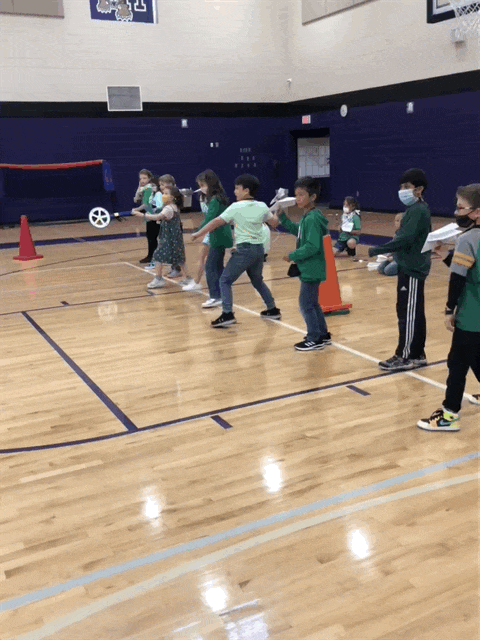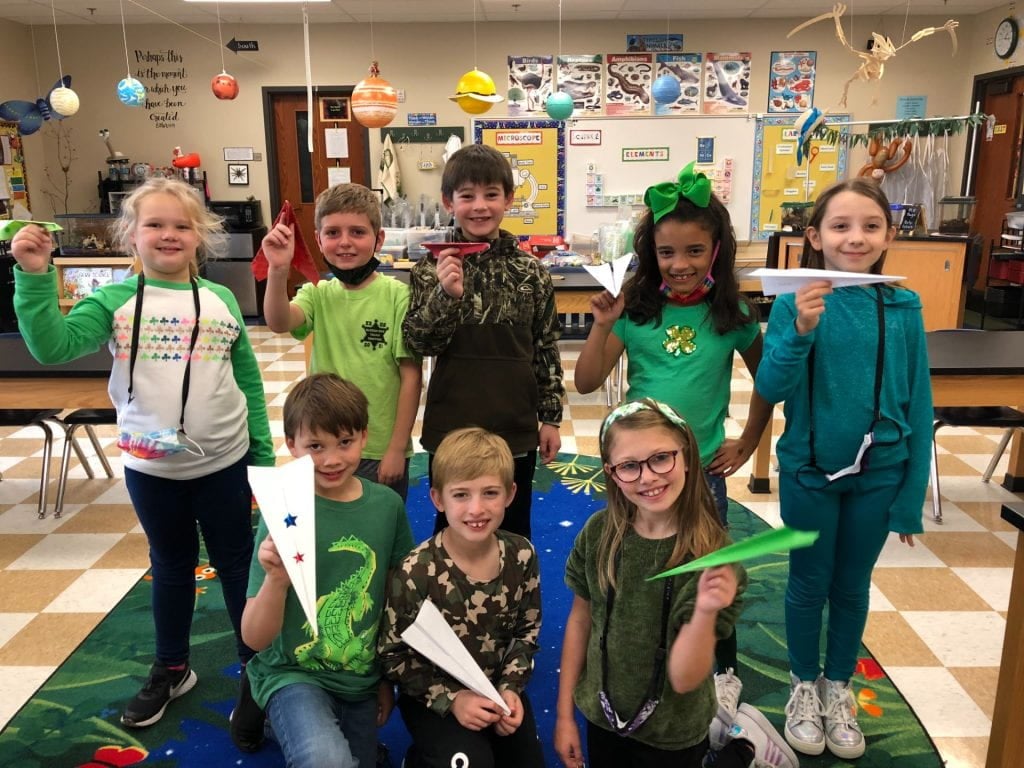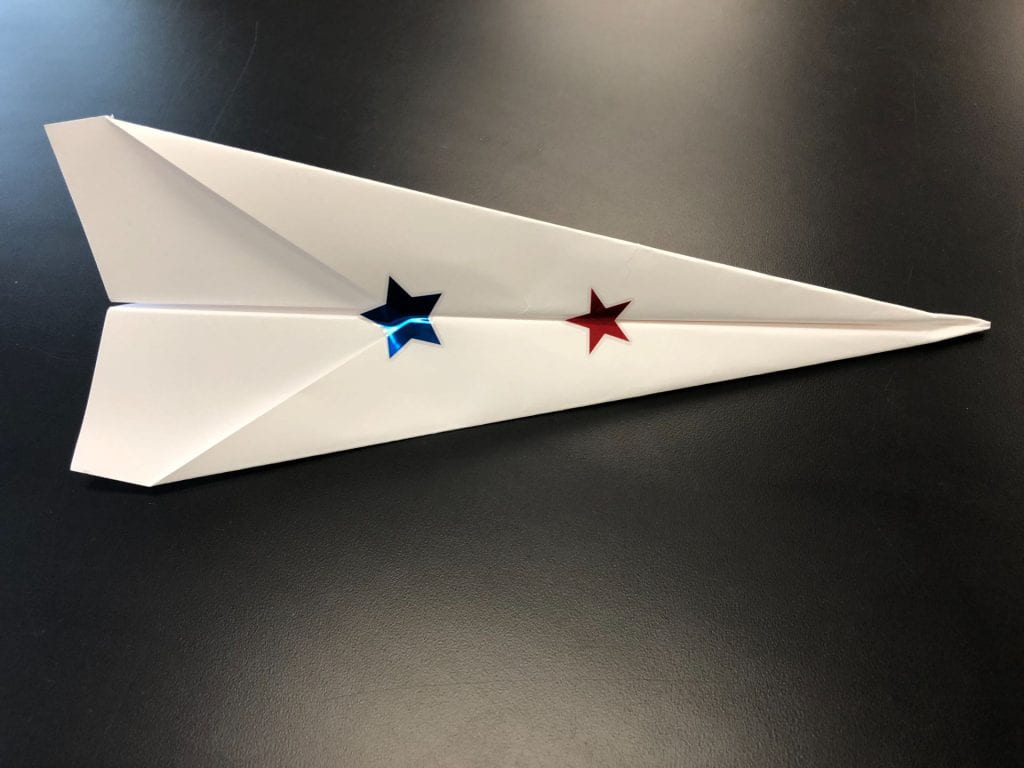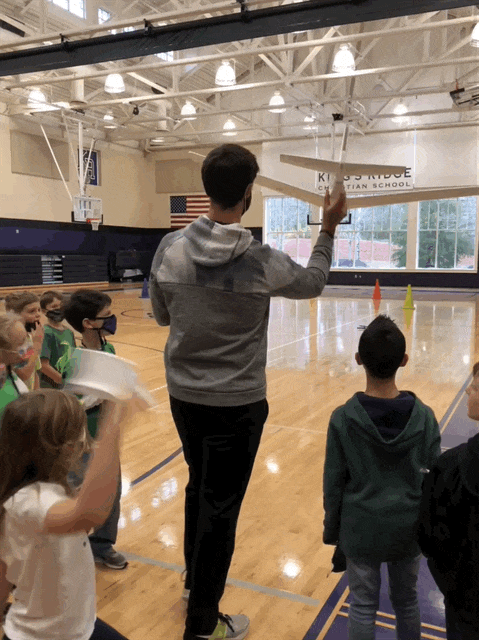Light
And let there be light…
Fourth grade physicists had a fast-paced lab about the properties of light in the IT conference room rather than the science lab, so that we could perform our investigations in complete darkness. The following are the highlights of some of our investigations.
We viewed an amazing light show through our refractive glasses. We used our glasses to look at a variety of lights. The colors of the visible spectrum are always in the same order.
But when we looked at the light produced from a laser, we saw something completely different because it wasn’t white light. The rest of the visible spectrum was missing. Since light moves so fast, we couldn’t see the beam move across the room, but when an acrylic block was placed in its path, the beam was visible because the block caused the beam of light to slow down. We also used spray haze to see the entire beam.
When I moved this light stick, we could see the three colors of light inside the tube. When the light ball was swung, the colors appeared and seemed to mix before our eyes.
We reflected light by bouncing a beam around the room with flashlights and mirrors and then used the plasma ball to demonstrate energy efficiency. Click here to watch how we used the plasma ball to light up the bulbs and an energy stick. Fascinating! The items never touched the plasma ball.
The 3D standing wave machine is a perfect visual of a wave. Click here to learn more.
How do you measure light? Does a larger flashlight produce a brighter beam? We looked at the beams produced by several flashlights and learned that light is measured with lumens. The size of the flashlight is not indicative of brightness. When you visit a store that sells flashlights, look at the packaging and compare the number of lumens.
